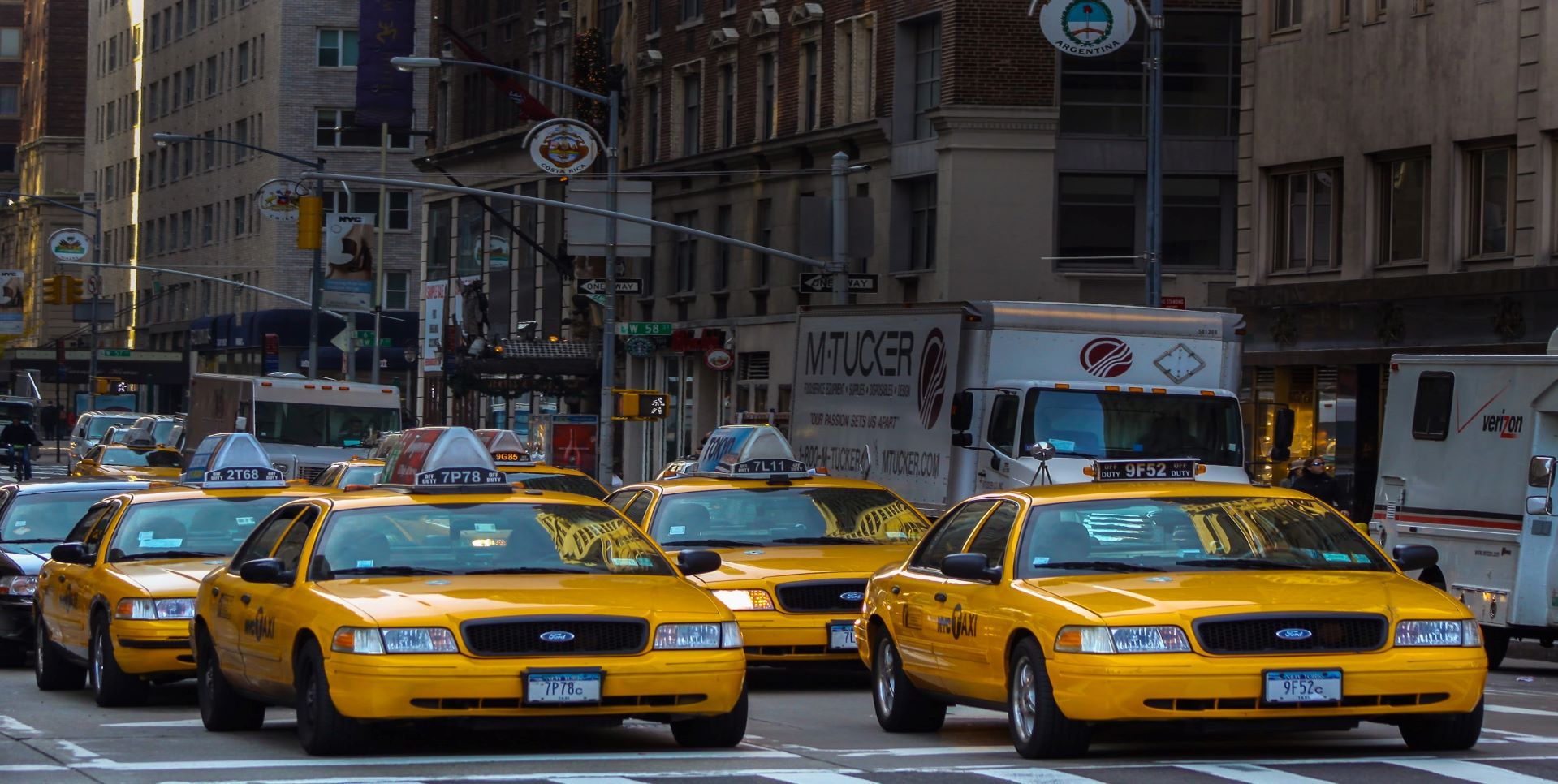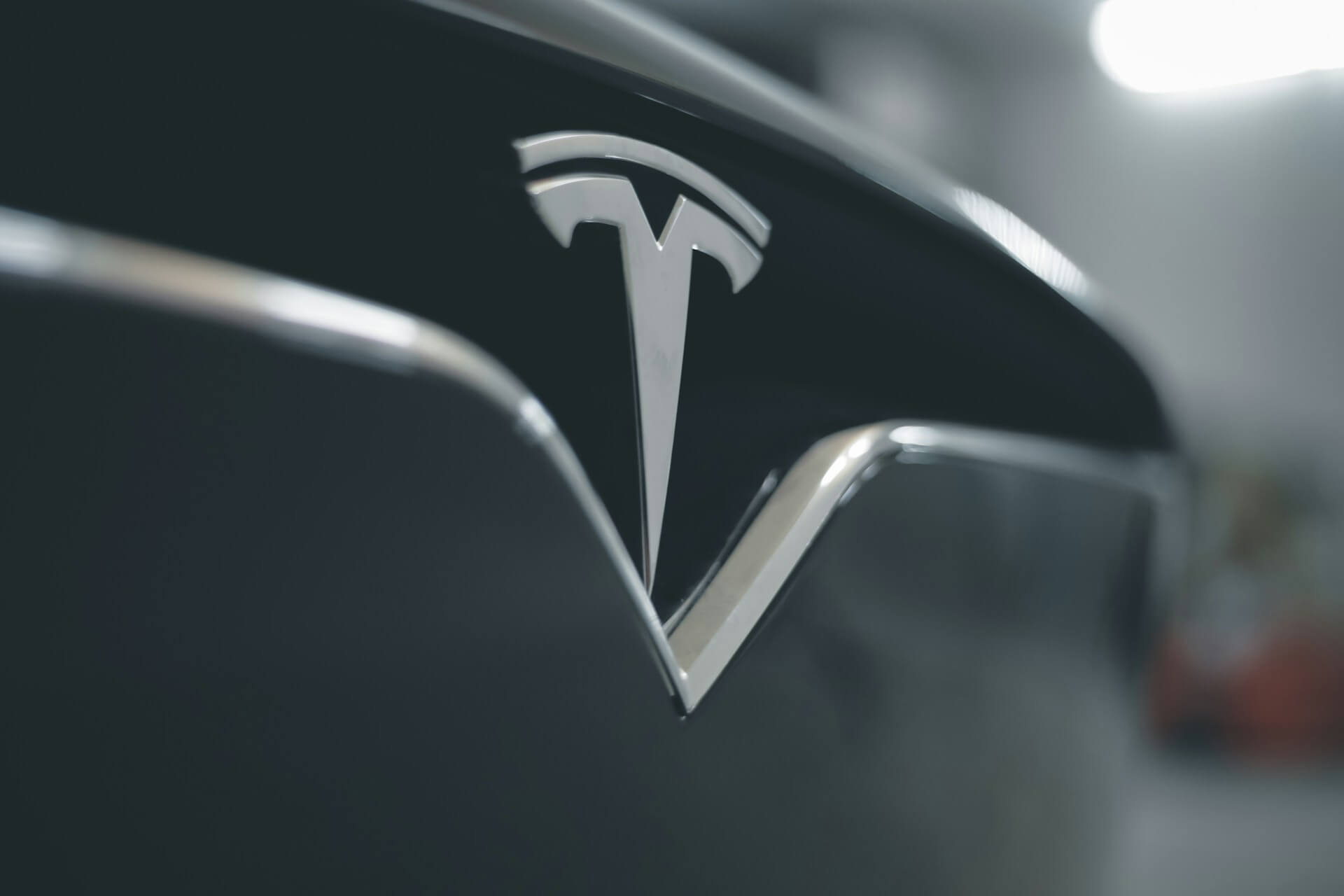What’s the Future of Robotaxis?
Mar 17, 2023

As an Amazon Associate, Modded gets commissions for purchases made through links in this post.
As the world turns, we see automation taking over. Restaurants like McDonald’s and stores like Walmart are taking away cashiers and putting ordering machines and self-checkout systems in their place. Artificial intelligence (AI) is the way of the future, so who’s next? One industry to watch for is the automotive industry, specifically the rideshare sector. In your lifetime, you could see robotaxis on the streets of big cities. What are these unique vehicles?
What Are Robotaxis?
A robotaxi is what the name suggests. They’re taxicabs that drive around passengers without a driver. Rideshare companies like Uber, Lyft and more would operate these robotaxis. These organizations say that robotaxis has numerous benefits for passengers and the environment. These advantages include the following:
- Reducing congestion: Do you get stuck in traffic? Americans nationwide arrive late to work because of road congestion. Government data show two-thirds of Americans’ travel involves congestion, doubling from 40 years ago. Robotaxis are more intelligent and efficient on the road, reducing idle time.
- Improving safety: The intelligence of robotaxis is a critical factor in if we’ll see them on the road. At their best, machines can be safer than can humans. AI has bugs, but it won’t suffer distractions from phones, alcohol, roadside events and more. There are drawbacks, but they have the potential to be safer than regular taxis. Humans are capable of driving mindfully, but machines can be better.
- Aiding the environment: Robotaxis have a significant opportunity to turn the tide. Currently, most taxis on the road have internal combustion engines (ICE). Switching to autonomous and electric vehicles (EVs) would help the environment tremendously. The EPA says passenger vehicles emit over 4.5 metric tons of carbon dioxide (CO2) annually.
Who Came up With Robotaxis?
When you hear the idea of robotaxis, you probably think of an episode of “The Jetsons” or “The Twilight Zone” (especially if you’re in the older crowd). But the concept of these autonomous cabs goes back to the mid-20th century.
Some of the first records of self-driving taxi concepts go back to Isaac Asimov, a sci-fi author. In “Three Laws of Robotics,” Asimov proposed the idea of self-driving taxis. With this idea, Asimov says that humans wouldn’t need someone to drive them around in taxis to get them from point A to point B in the city. Asimov didn’t have any scientific basis for robotaxis, but his ideas turned the wheels for future innovations.
The chances we’ll see autonomous taxis coincide with the advancement of self-driving cars. Companies have been working feverishly, especially over the last few decades, to get self-driving cars on the road. Innovations and updates seem to come annually, but when will we get to that point?
Will We Ever See Robotaxis on the Road?
The future of robotaxis depends on what level of autonomy they can achieve. The Society of Automotive Engineers (SAE) has outlined the levels of self-driving cars from zero to five. Zero applies to most of the vehicles you see today, with the driver doing all the acceleration, braking and steering. Level three is where the car does most of the driving without human intervention. Level five has full automation where no person is necessary for operations.
Currently, the most advanced vehicles on the market have level two autonomy, otherwise known as additional assistance. On level two, the driver must drive the car, and the self-driving technology can engage in steering, acceleration and braking assistance.
Numerous companies in the last decade have tested robotaxis, fighting to be the first service to offer self-driving cabs. In 2016, NuTonomy unveiled a robotaxi service in Singapore. In the trial, NuTonomy had an engineer ready to control the wheel if necessary.
Most recently, Cruise has taken significant strides in the self-driving cab world. Cruise, a subsidiary of General Motors (GM), expects to offer driverless rides to customers in its home base, San Francisco. For about six months, Cruise could only offer rides between 10 p.m. and 6 a.m. State approval would make them the first company in the country to provide robotaxi services with no human backup necessary.
Would You Ride in a Robotaxi?
It’s been over 100 years since the first taxicabs debuted in New York City. Since 1907, this service has required a person to be behind the wheel. But our future could soon see robotaxis. These neat vehicles could safely take you from one place to another without worrying about the driver being a liability. Would you ride in a self-driving taxi?





